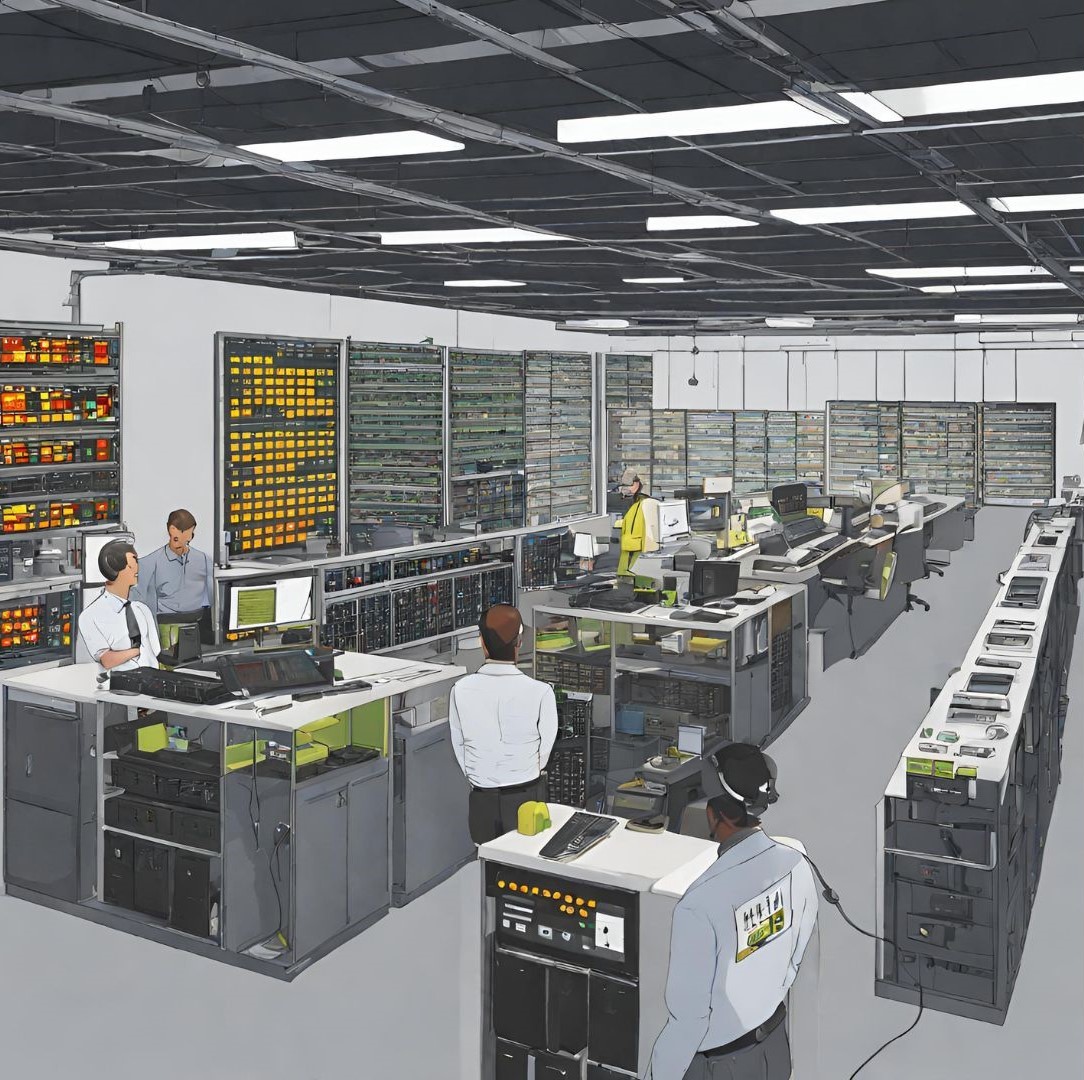
Share Now
What if Your Warehouse Could Generate Its Own Power?
Posted on
19, Nov. 2025
The modern warehouse is a complicated ecosystem. The days of basic storage facilities are long gone; instead, modern warehouses are active centres of activity that depend on a steady, efficient energy source. Microgrids are starting to change the game in this situation by providing warehouse operators with a way to become energy independent, resilient, and cost-effective.
How do Microgrids work?
A microgrid is a small-scale energy system that can function without the assistance of the main utility grid. Distributed energy resources (DERs) such as wind turbines, solar panels, combined heat and power (CHP) systems, and battery storage are usually part of it. Together, these resources can generate, store, and control electricity for a specific area, like an industrial complex or warehouse.
Why are Microgrids Ideal for Warehouses?
Warehouses are particularly well-suited for microgrid implementation due to several factors:
- Energy-intensive: The lighting, refrigeration, material handling equipment, and other systems in modern warehouses need a lot of power. Microgrids have the ability to reduce electricity costs by helping in decreasing the level of dependency on the main grid.
- Vulnerability to Power Outages: Main grid disruptions have the potential to seriously affect warehouse operations, resulting in lost productivity and possibly damaged products. Microgrids are a system that ensures business continuity by supplying backup power during blackouts.
- Sustainability Objectives: A lot of businesses are establishing challenging sustainability goals. Microgrids may utilise renewable energy sources, such as solar electricity, to lessen the carbon footprint of warehouses and to support environmental objectives.
- Demand Management: With microgrids, peak energy demands can be more effectively managed. Warehouses can save money by strategically using on-site power and storage to avoid costly peak pricing costs from regular utilities.
The Impact of Microgrids on Warehouse Design
The integration of a microgrid into a warehouse design requires careful consideration. Here's how microgrids are influencing warehouse construction:
- Space Allocation for DERs: Rooftop space becomes valuable real estate for solar panels. Warehouses may also need dedicated areas for other power generation equipment and battery storage systems.
- Building Envelope Optimization: Microgrids often incorporate ventilation and cooling strategies for on-site generation equipment. The building envelope may need to be designed to accommodate these factors.
- Smart Building Systems Integration: Microgrids work best when integrated with smart building systems that optimize energy use throughout the warehouse. This includes building automation systems (BAS) and lighting controls.
- Redundancy and Backup Planning: The microgrid design needs to consider redundancy for critical systems and backup power sources to ensure uninterrupted operation.
Benefits Beyond Energy Independence
Microgrids have benefits beyond financial savings and energy independence. These solutions provide warehouses with more advantages:
- Improved Reliability: By adding a layer of resilience against power outages, microgrids reduce the risk of downtime and guarantee business continuity.
- Enhanced Sustainability Profile: A warehouse's carbon footprint decreases significantly when renewable energy sources, such as solar electricity, are incorporated.
- Longer Asset Life: By assisting in the regulation of main grid voltage fluctuations, microgrids may be able to prolong the life of delicate warehouse equipment.
Conclusion: Building the Future of Warehousing
Microgrids are an important development in the design and functionality of warehouses. Businesses can fully utilise this technology by collaborating with a building company that specialises in microgrid design and integration. Companies such as BuildMyInfra are leading the way in integrating microgrids into their warehouse construction services, providing customers with a complete package for constructing resilient, sustainable, and reasonably priced warehousing solutions.
